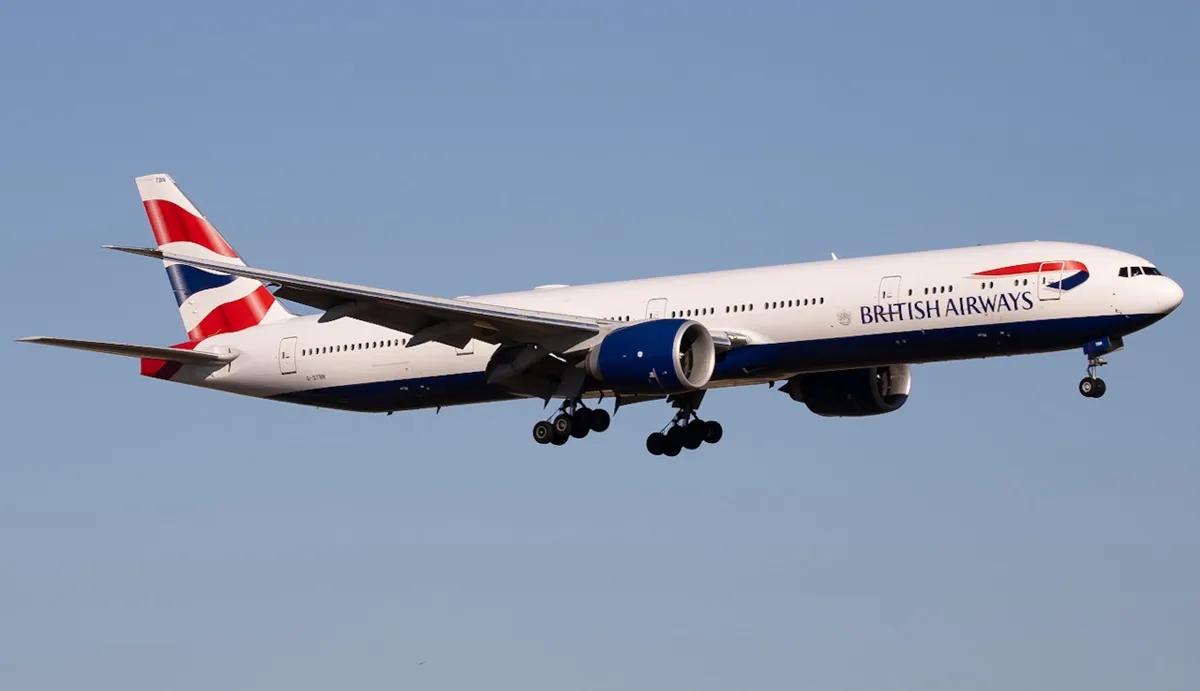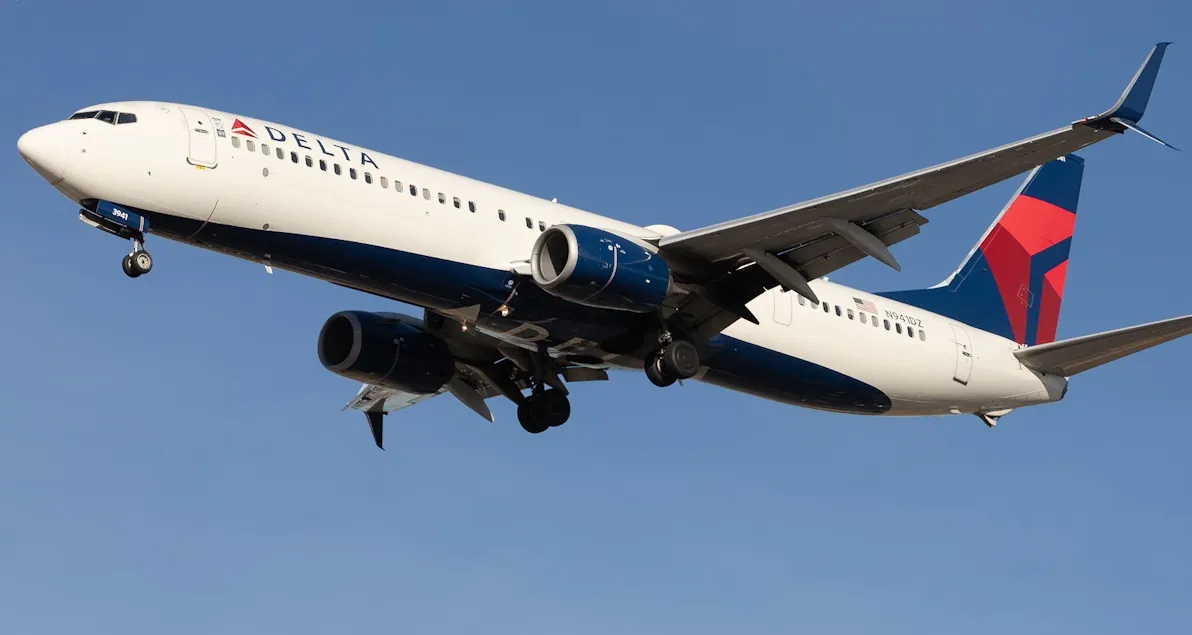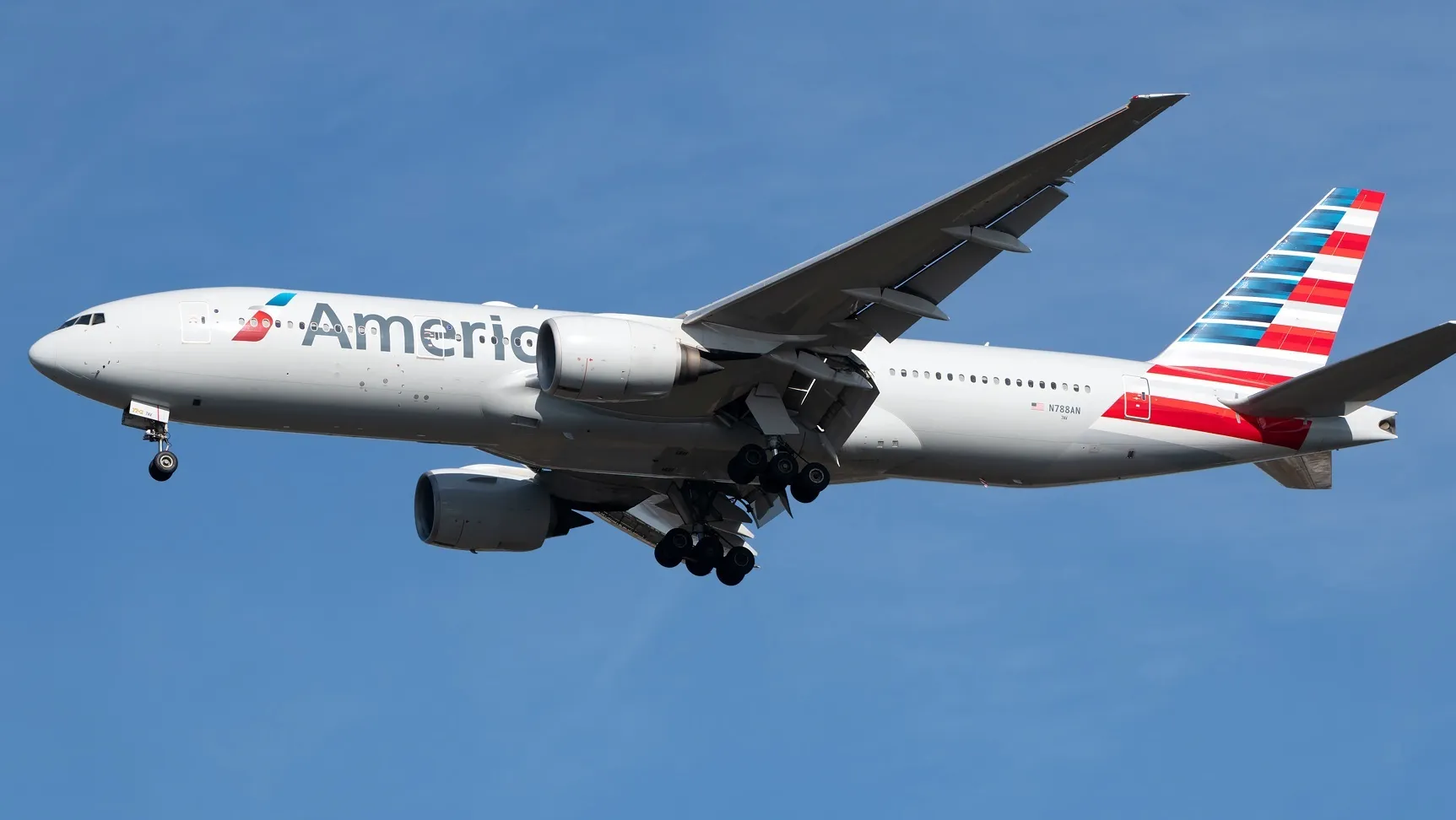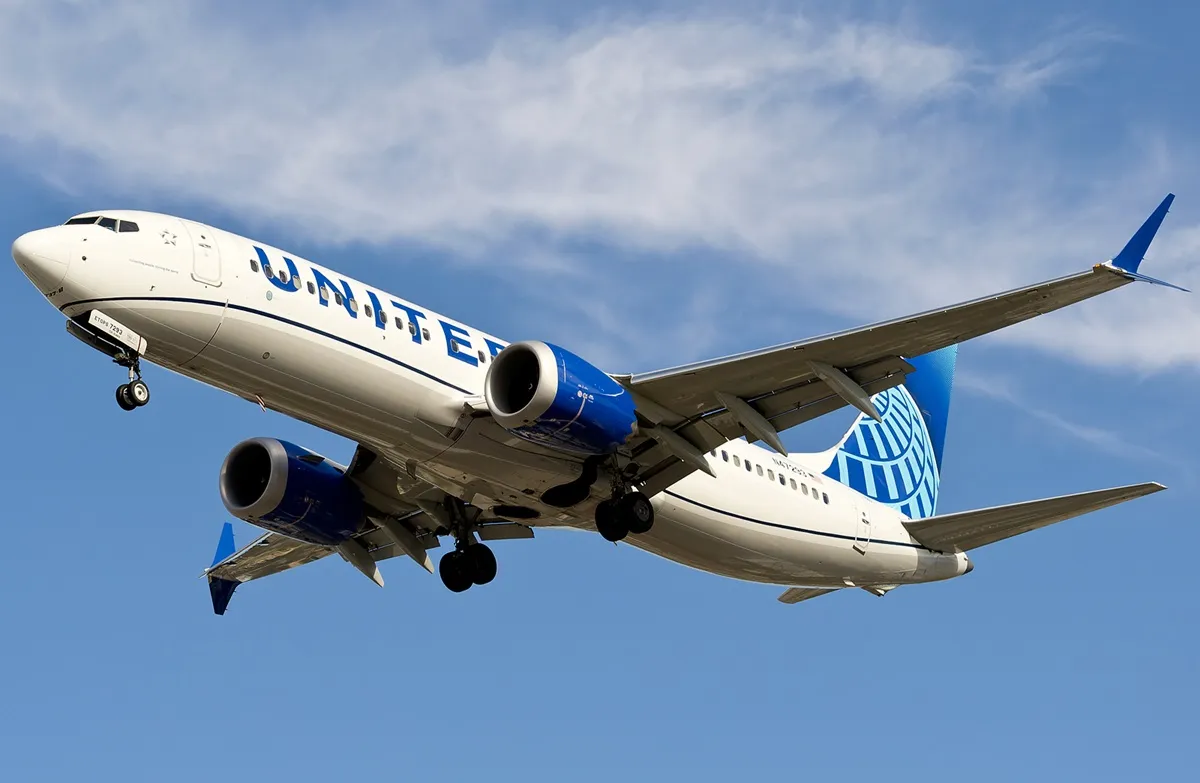
The National Transportation Safety Board (NTSB) has released a final report on the United Airlines Boeing 757 incident that occurred in September 2024.
The agency determined that two passengers were injured when a United Airlines Boeing 757 experienced a sudden pitch control issue.
What happened?
On September 19, 2024, a United Airlines Boeing 757-200 aircraft, registered as N12125, was operating flight UA 2428 from New York Newark International Airport (EWR) to San Francisco International Airport (SFO), when the aircraft received a traffic alert and collision avoidance system (TCAS) resolution advisory while descending to flight level FL310 when en route to SFO.
Air Traffic Control (ATC) instructed the Boeing 757's flight crew to descend and level off at FL310 for its arrival into SFO.
About 500 feet before reaching FL310, the crew received a TCAS traffic alert warning, "Traffic, traffic," for an aircraft crossing 1,500 feet below.
In response, the first officer, who was flying the aircraft, reduced the vertical speed using the mode control panel.
The first officer disengaged the autopilot and auto-throttle, then pitched the aircraft upward following the pitch guidance on the primary flight display.
The flight crew responded to the TCAS alert with what the NTSB describes as an "abrupt pitch control input." In its report, the NTSB stated:
The aircraft in question is the airline's 27.2-year-old Boeing 757-200 aircraft, according to Planespotters.net data. According to the data, the aircraft is currently stored
Sustained a fractured ankle and spinal vertebrae injury
As a result, two passengers were seriously injured, and two cabin crew members sustained minor injuries.
The seatbelt sign had been activated in the cabin shortly before the TCAS alert, but some passengers were still in the lavatories during the maneuver.
One passenger flew upwards and landed forward, fracturing the L2 spinal vertebrae.
The other passenger was exiting the lavatory when he flew upwards and landed on his leg, resulting in a fractured ankle.
Meanwhile, two flight attendants were cleaning the forward galley in preparation for the announcement of the initial descent. These two cabin crew members fell on the floor during the maneuver and sustained minor injuries.
More about TCAS
With safety being paramount in all aviation, numerous measures are in place to keep aircraft apart in mid-air. One such example is an independent collision avoidance system known as TCAS.
TCAS stands for Traffic Collision Avoidance System, and its purpose is to minimize the risk of mid-air collisions between aircraft.
The ICAO requires all aircraft with a capacity of more than 19 passengers to be fitted with this safety measure.
The rule also applies to aircraft with a maximum takeoff weight (MTOW) of more than 5,700 kg.
Working independently from air traffic control, TCAS uses nearby aircraft's transponder signals to alert pilots to the danger of mid-air collisions.
It does so by constructing a three-dimensional map of the airspace through which the aircraft is traveling.
In detecting other aircraft's transponder signals, it can foresee potential collisions based on the speeds and altitudes of planes passing through the airspace in question.
If TCAS detects a potential collision, it will automatically notify each of the affected aircraft. In this instance, it will automatically initiate a mutual avoidance maneuver. If you would like to learn more about the TCAS system, find Simple Flying's complete guide below.



